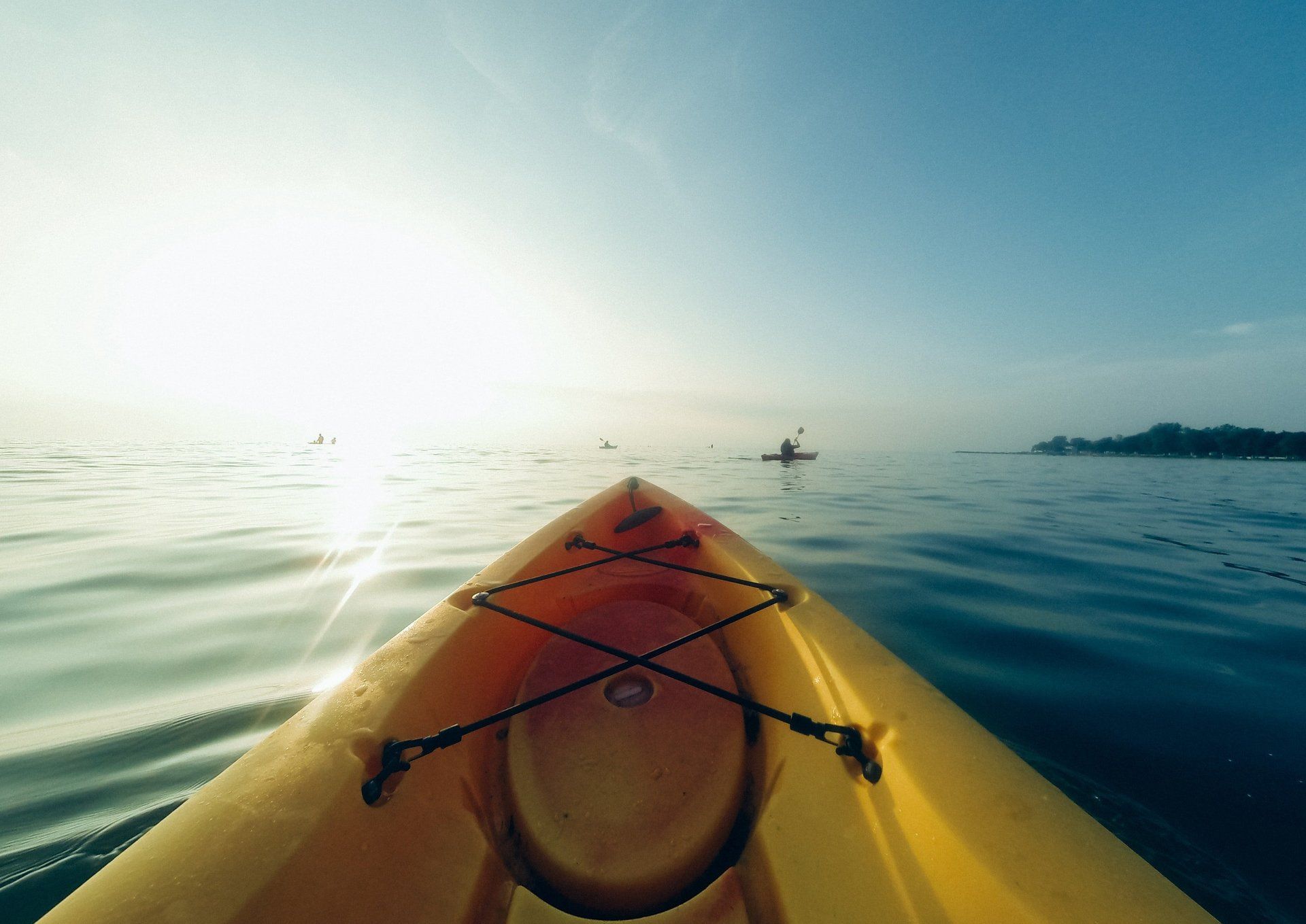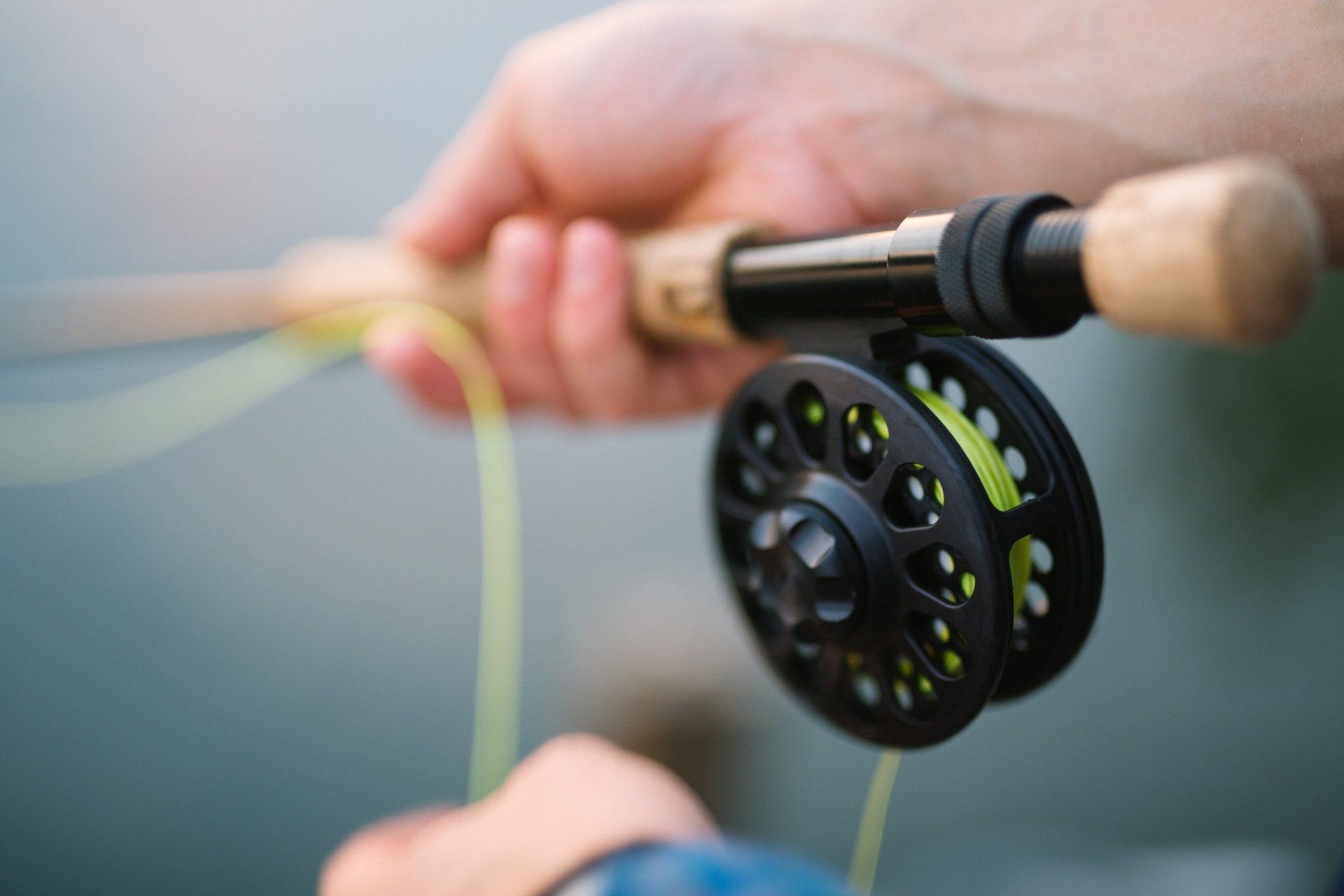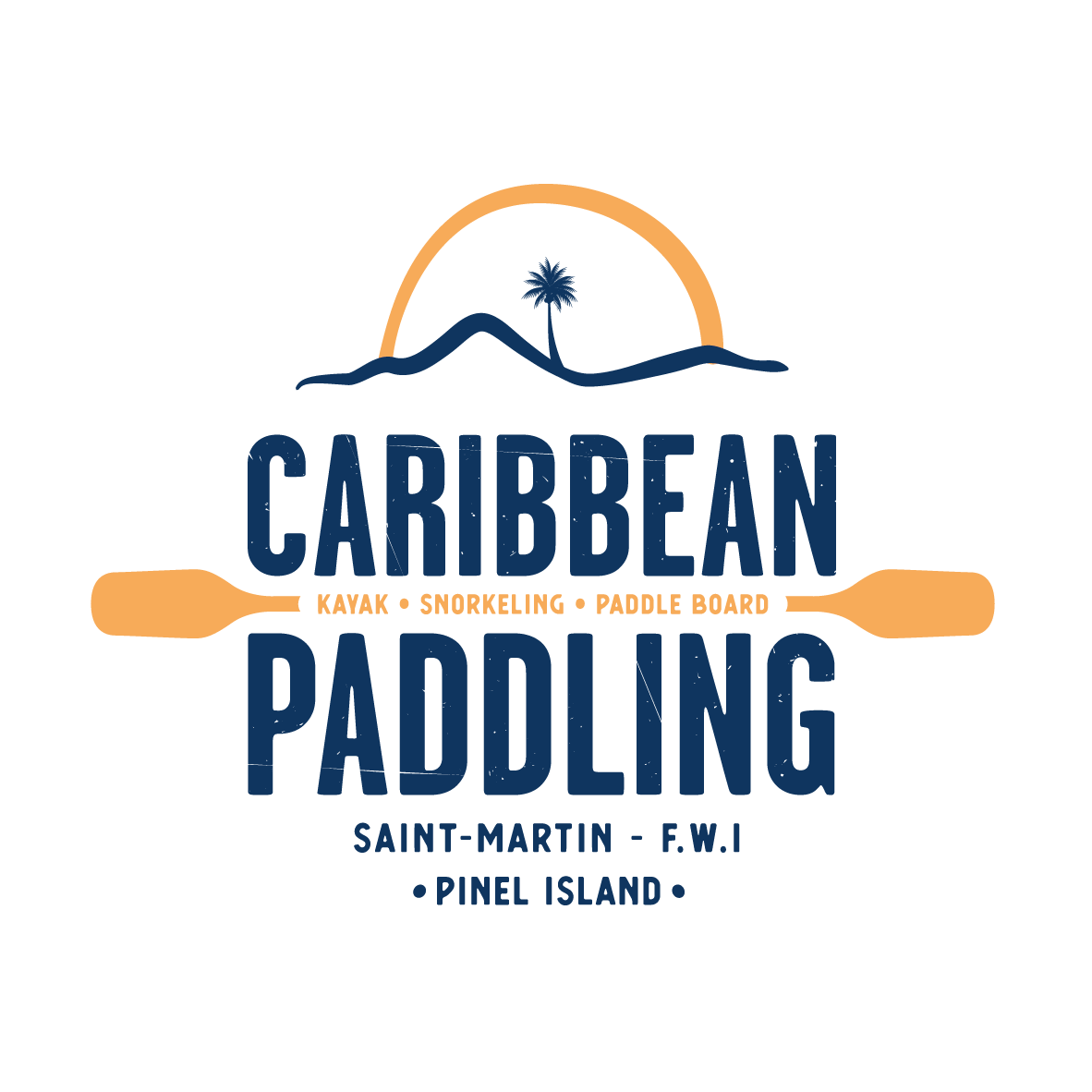Kayaks Versus Standup Paddle Boards
There is a debate about which is more fun to use. A standup paddleboard or a sit-on kayak. Each brings their own benefits, yet there are times when a sit-on kayak edges in front of a paddle board. Here are five reasons why it does just that.
Long Distance Paddling:
It is true that some people have paddled their paddle boards for a long distance, yet they are not geared up for long distances. There is a significant number of people who take their kayaks the sole aim of making a holiday of it and paddling their kayak down a river.
Many are the larger kayaks have compartments which are watertight so you can get all your camping gear inside and transport it quickly to the next campsite along your route.
Kayaks are also geared up more for this long distance with their double ended paddles. These cause less fatigue, and if you do get tired, you can sit back and relax for a while. Overall, a kayak uses your body’s energy more efficiently than a paddle board.
Cold Weather:
This is where kayaks come into their own. Get on a river where water levels are highest, and you can hit those rapids. Although shorter kayaks are built for this sort of sport, it shows they are a blast on smooth or rough waters without them ever feeling out of place.
You also have the advantage of stability in a sit-on kayak, so if you are daring the colder weather on a paddleboard, the chances of you becoming colder quicker are much higher.
Speed:
You can paddle much faster in a kayak than a paddle board. Much of this has to do with the fact you have two paddles, and you are closer to the water. This shortens your stroke length and means you are able to get your paddles in and out of the water faster. Kayaks are also more fun and stable when you are in choppy waters or surf.
Paddle boards can be used as a surfboard yet a kayak is more stable, and they are self-bailing as water drains from the holes that are strategically placed around them. They are also much better when you are in a swift current, and you wish to paddle against the flow.
For some real thrills, you can also take your Kayak down a runoff drainage ditch that has shallow water, and you do not need to paddle. This can be full of thrills and is something that you would not be able to do on a paddle board.
Fishing:
As you can carry luggage and sit in a Kayak, many people use this to do a spot of lake fishing or some close to shore sea fishing. It is much easier than taking out a large boat, and you can keep your rod on the top of your kayak.
It is easy to paddle to the location and bob there for an hour or two. It is also easy when you land a fish or two and much more stable. Once you get the hang of it, you will find you can use the paddle in one hand and your rod in the other and drifting. It might be hard to do, but it teams up to of the most popular pastimes into one.
Sightseeing:
This has to be an advantage to a kayak by far. You might be able to see further from a paddleboard, yet it is much more difficult to take out a camera and take some shots while trying to keep steady. Apart from that, with a kayak, you can opt for an action camera and fasten it to your helmet. The choice of videos you can make is endless.
Paddling down a fast moving river and hitting the whitewater. It might not be the same as being in a sit-in kayak yet you will get the impression you have roughed it with the best nature has to offer from the scenes you have shot.
The choice of scenery you have available is also much broader. Any time of the year and you can make the best of the views around you. With a paddle board, you are mainly restricted to the warmer climate and the calmer waters.
At the end of the day, both paddle boards and sit on top kayaks have their following, yet the kayak is more versatile and can be used all year round in new places. No two trips will be the same in a kayak that’s for sure.
About the Author:
Chris Cole writes for Nature Sport Central
and is an outdoor activity specialist having spent the majority of his years either hiking on the land or kayaking and fishing on the water.
Chris can be found on social media – Twitter , Facebook , and Pinterest.





